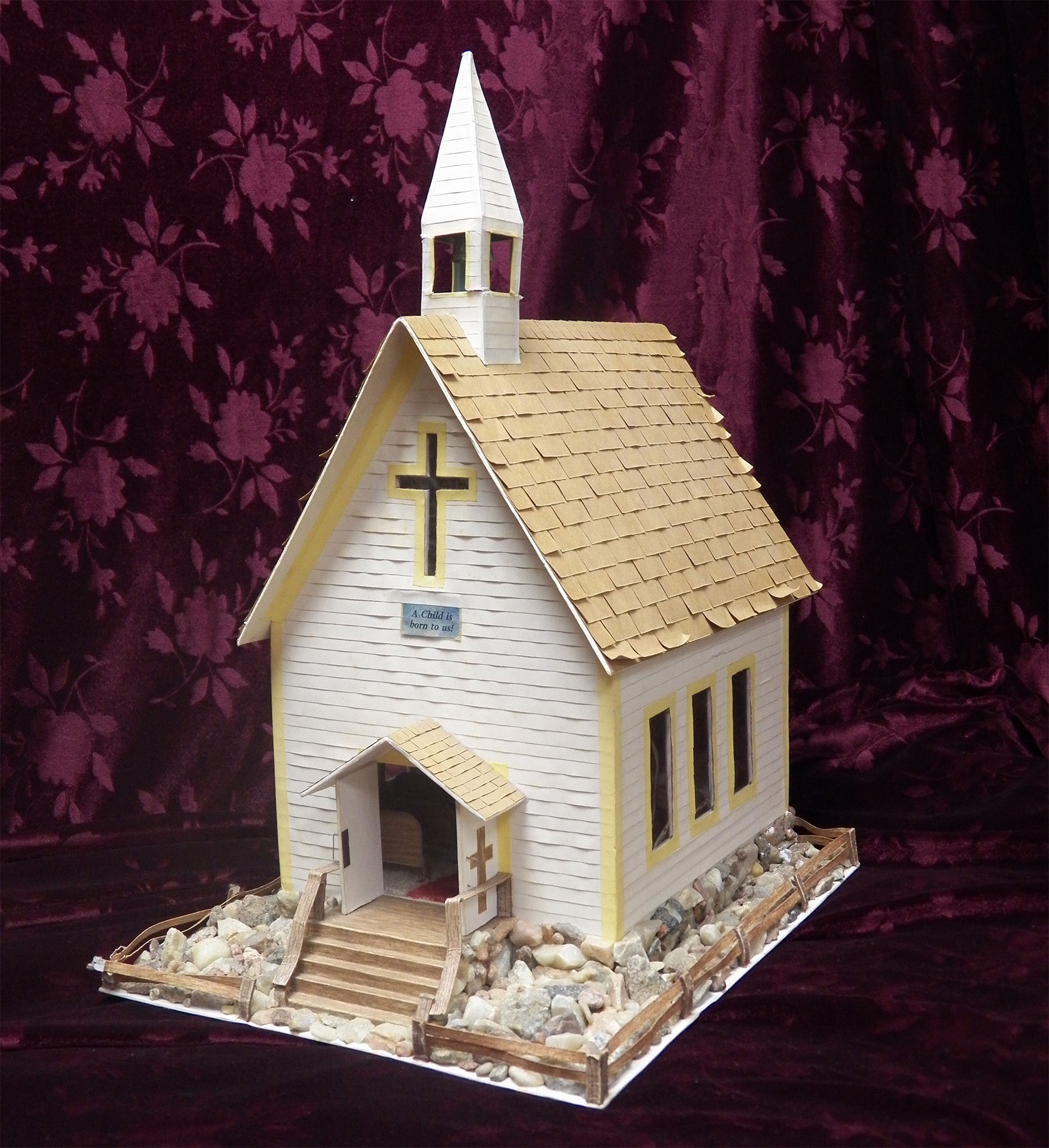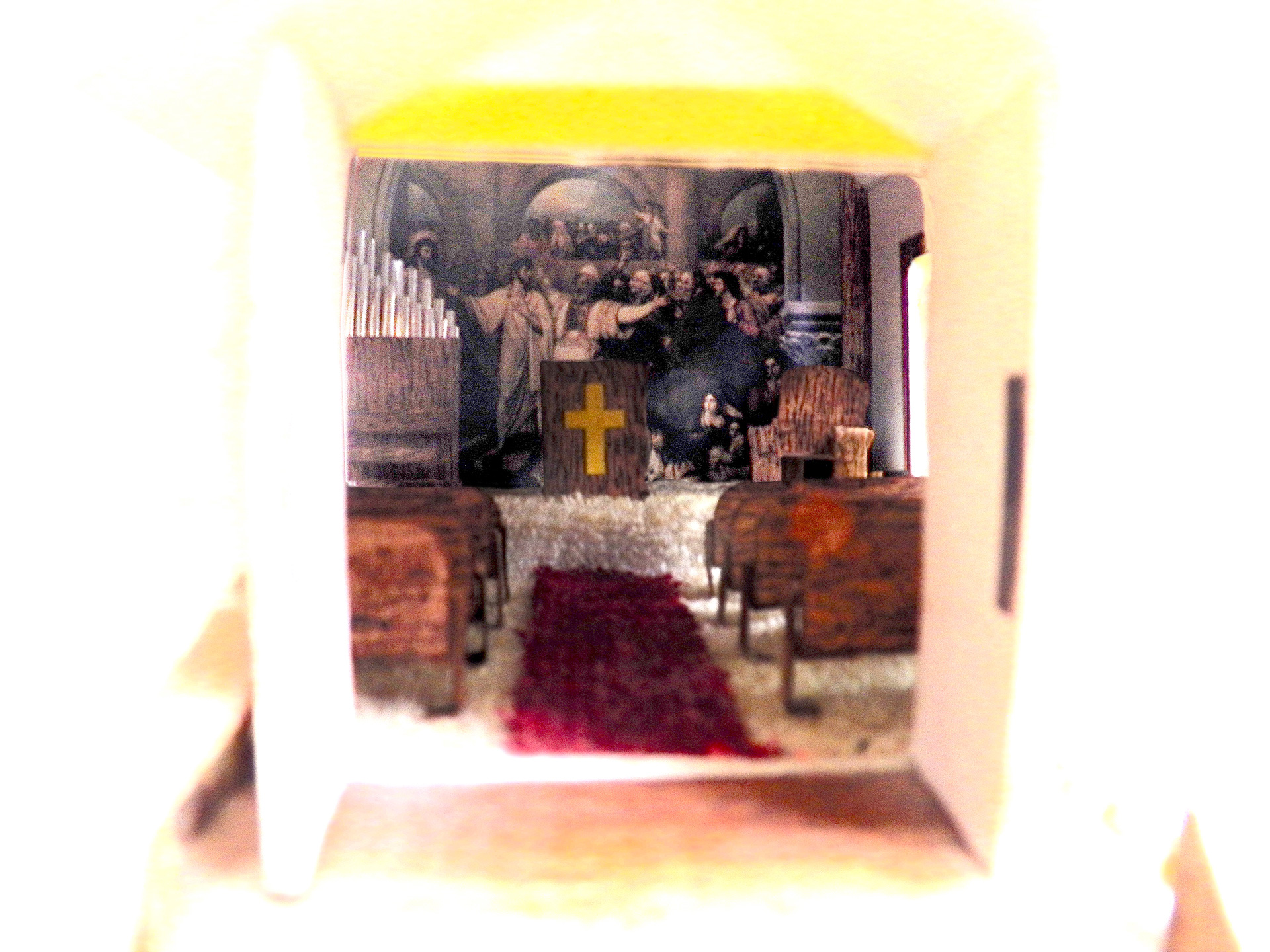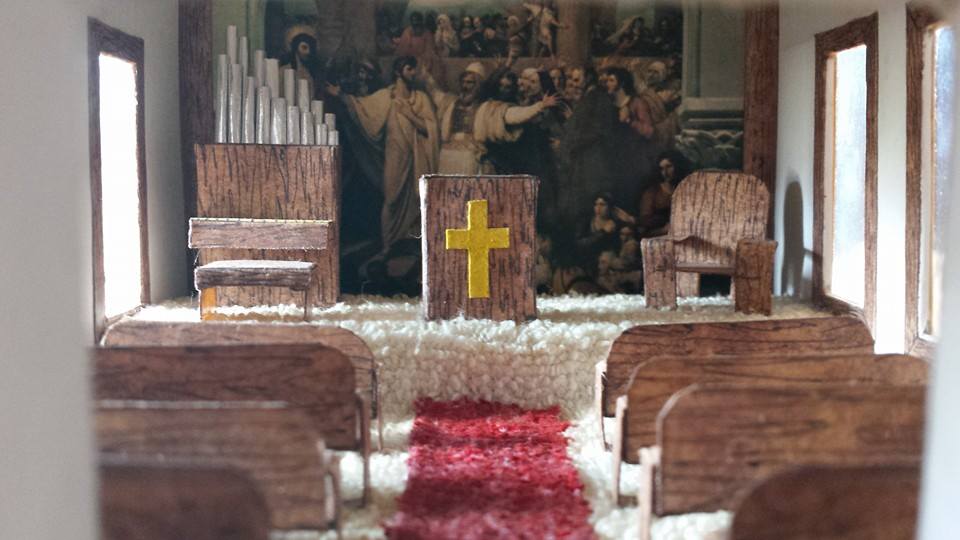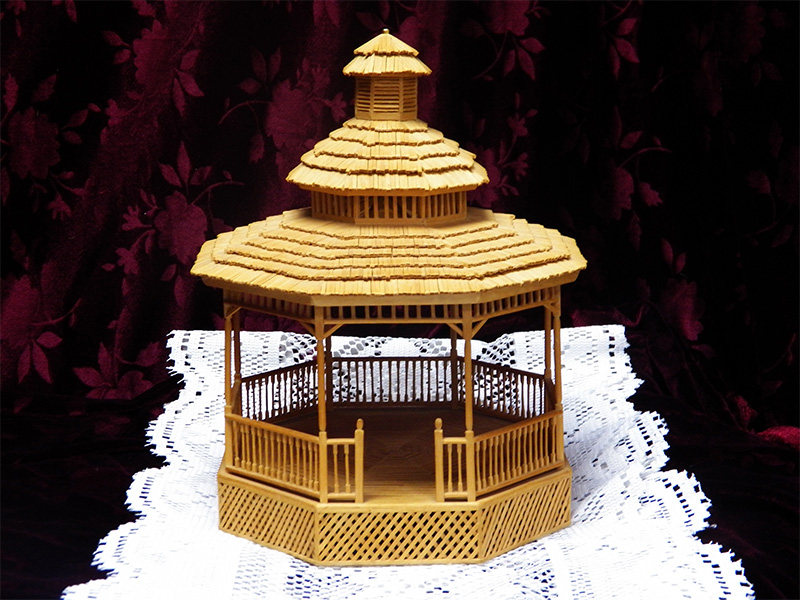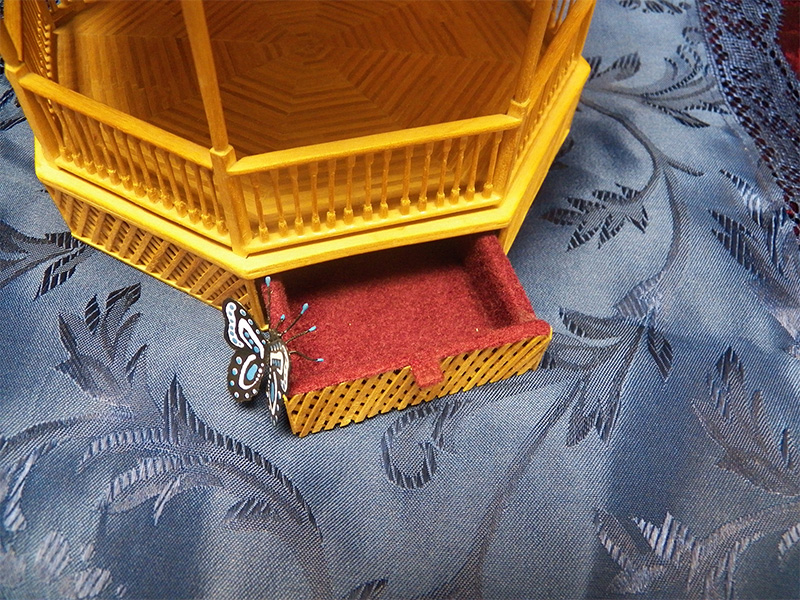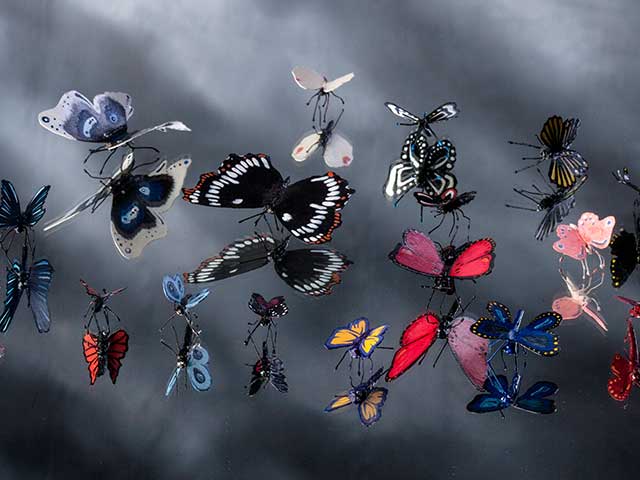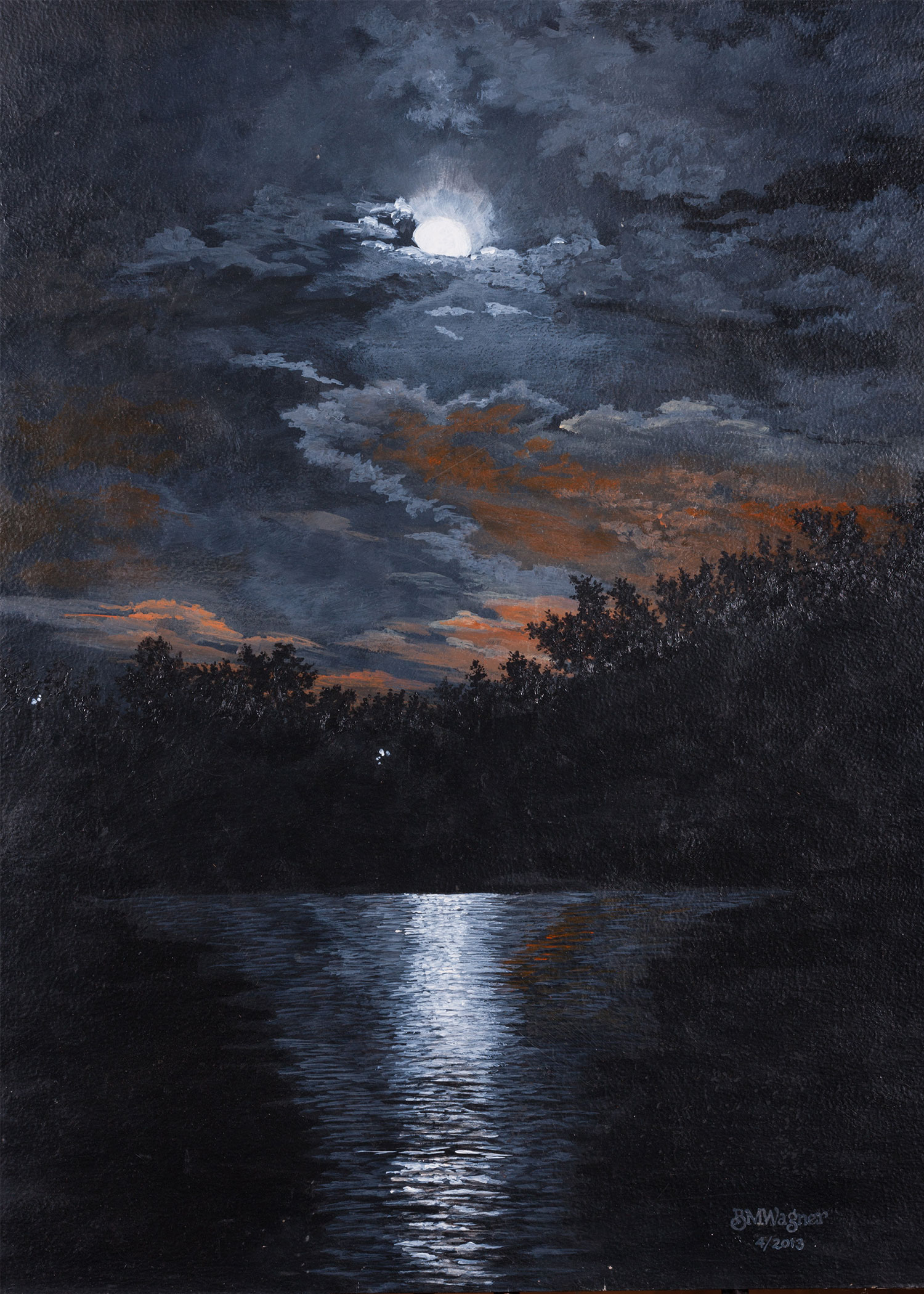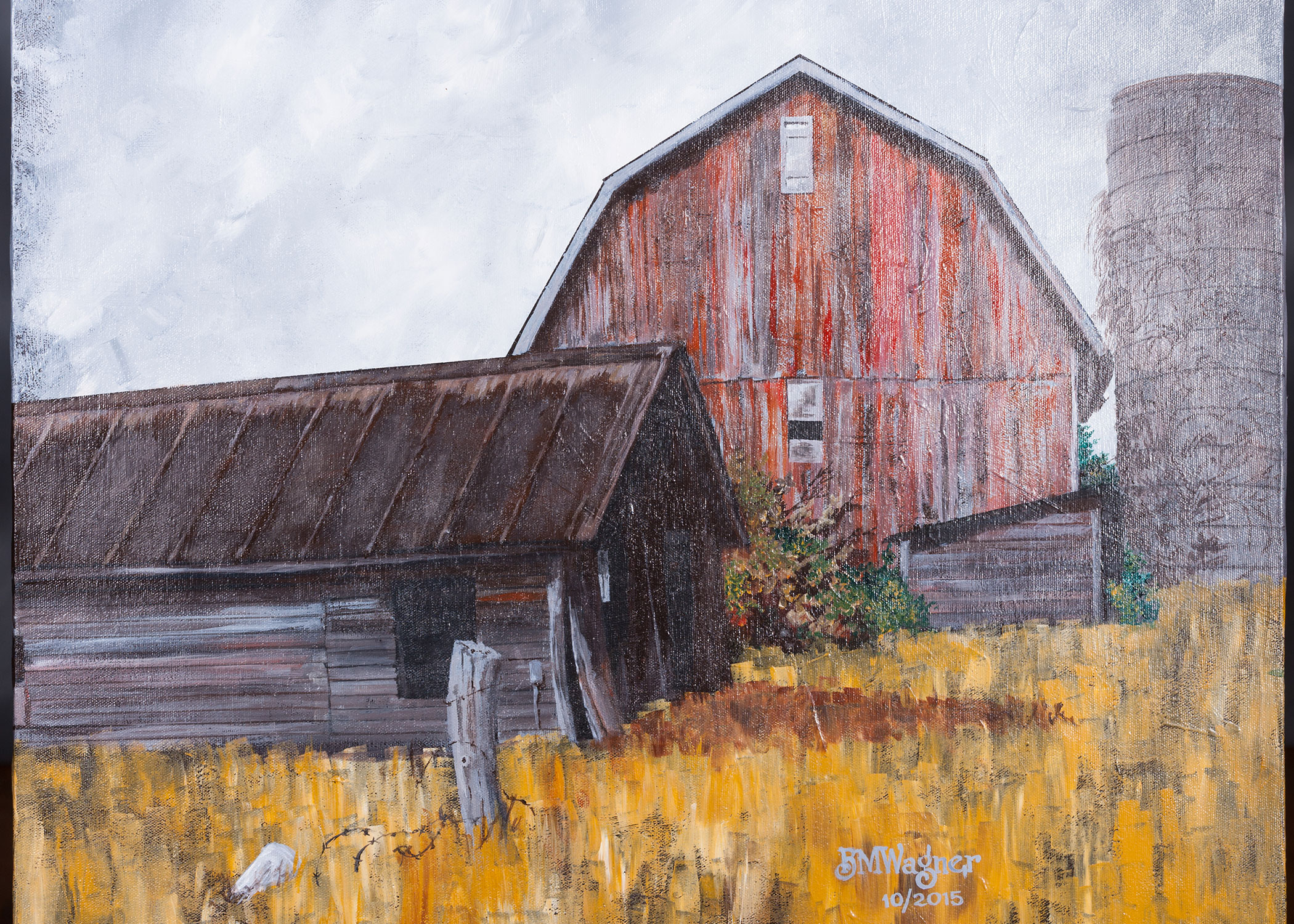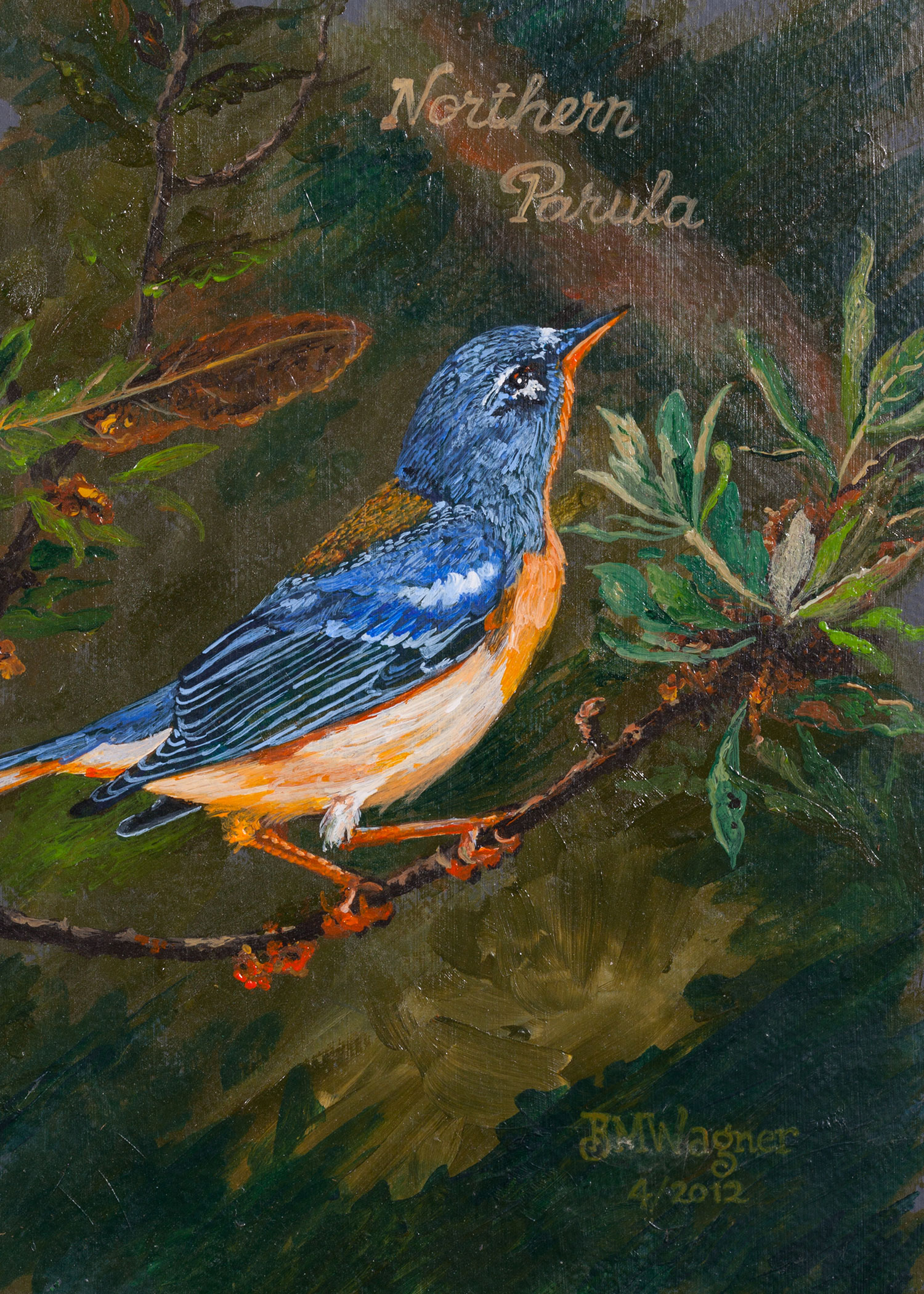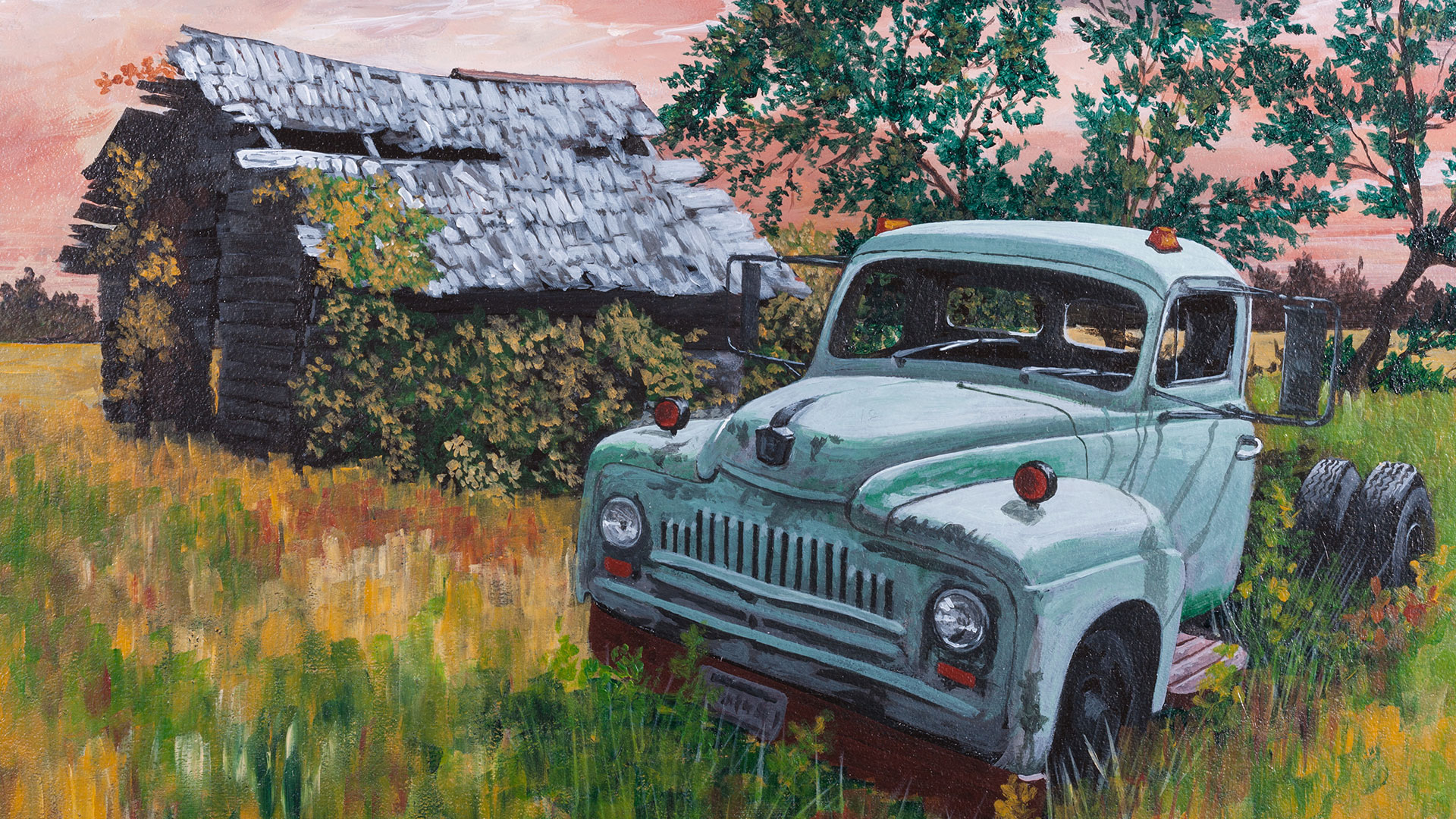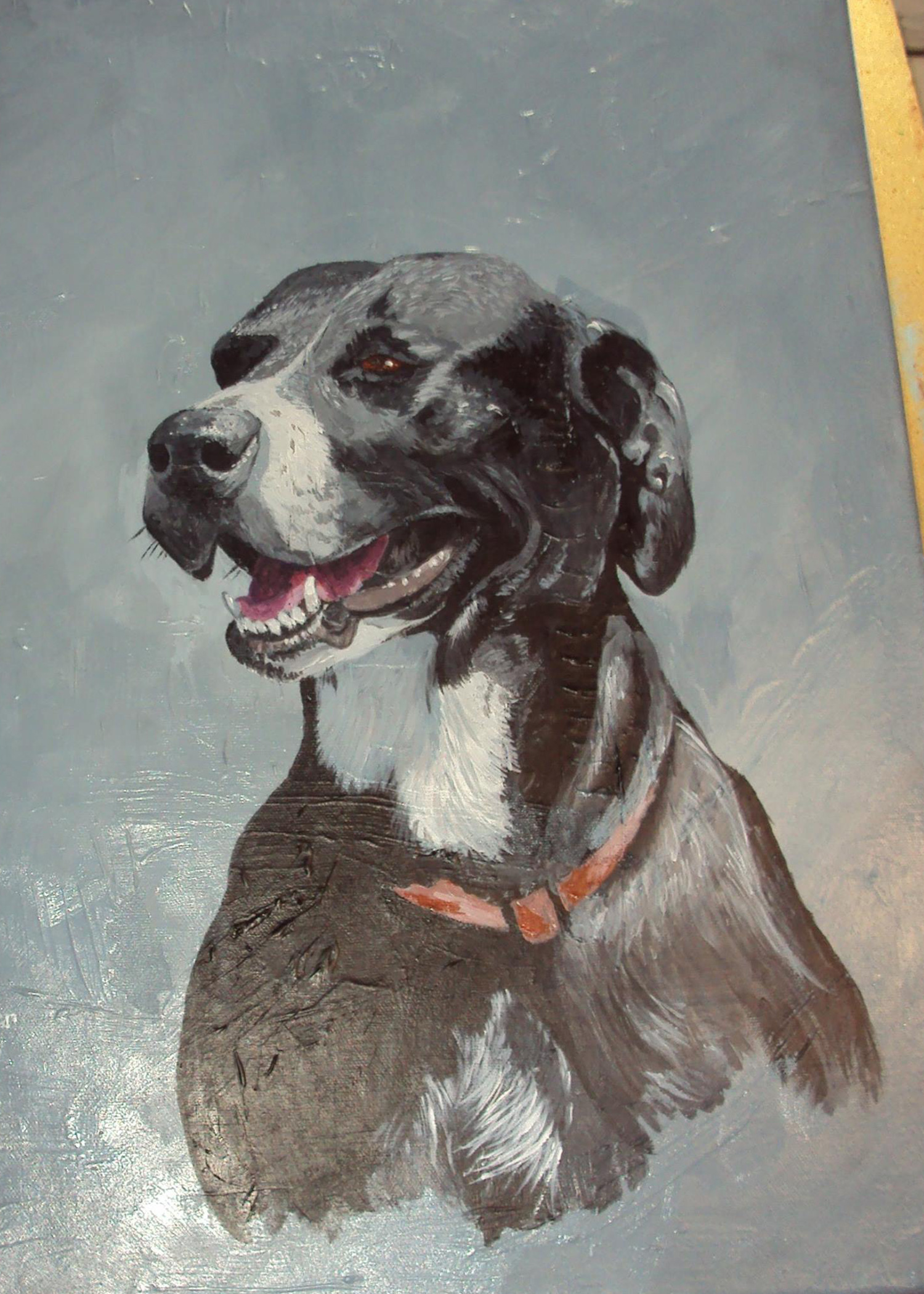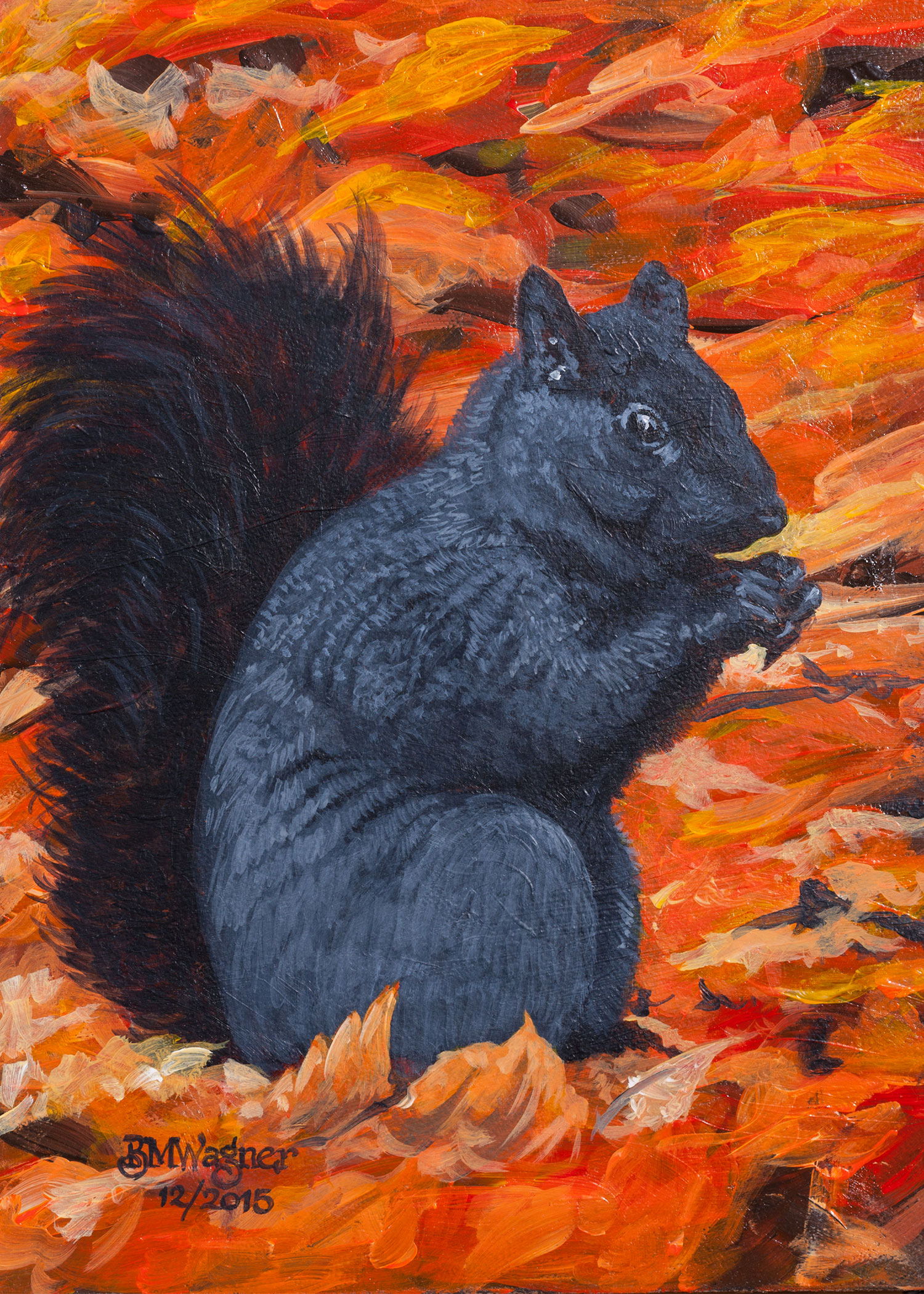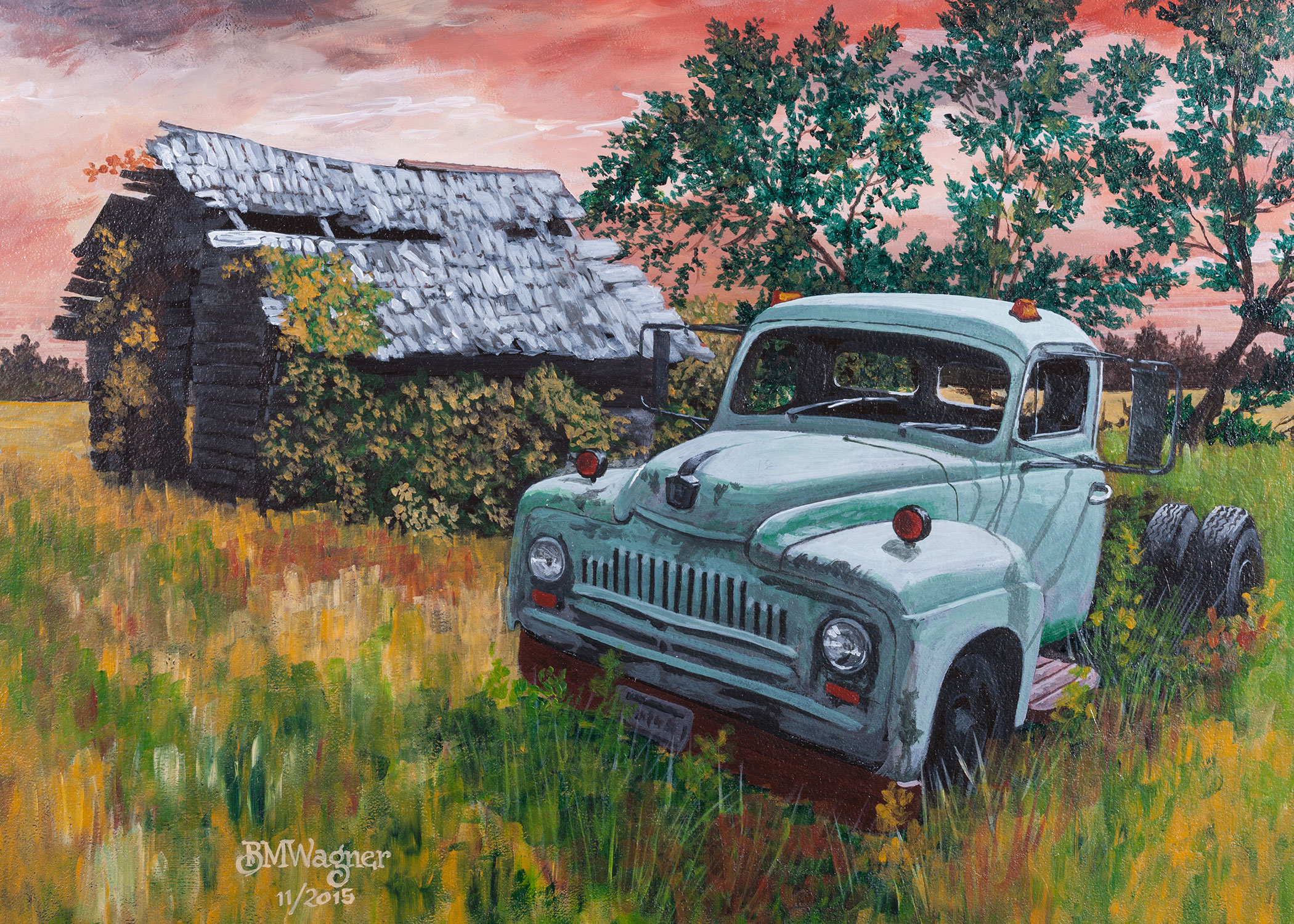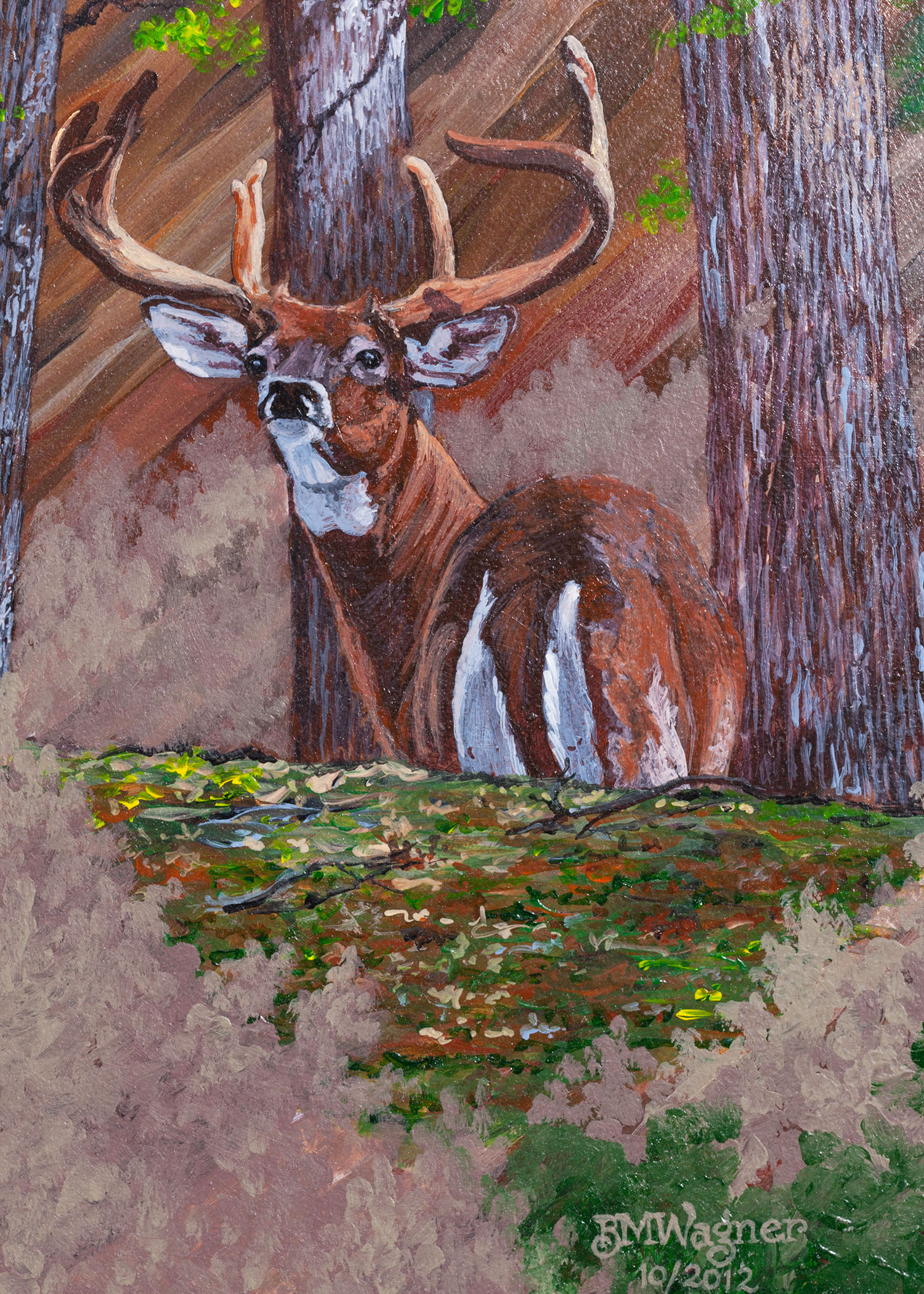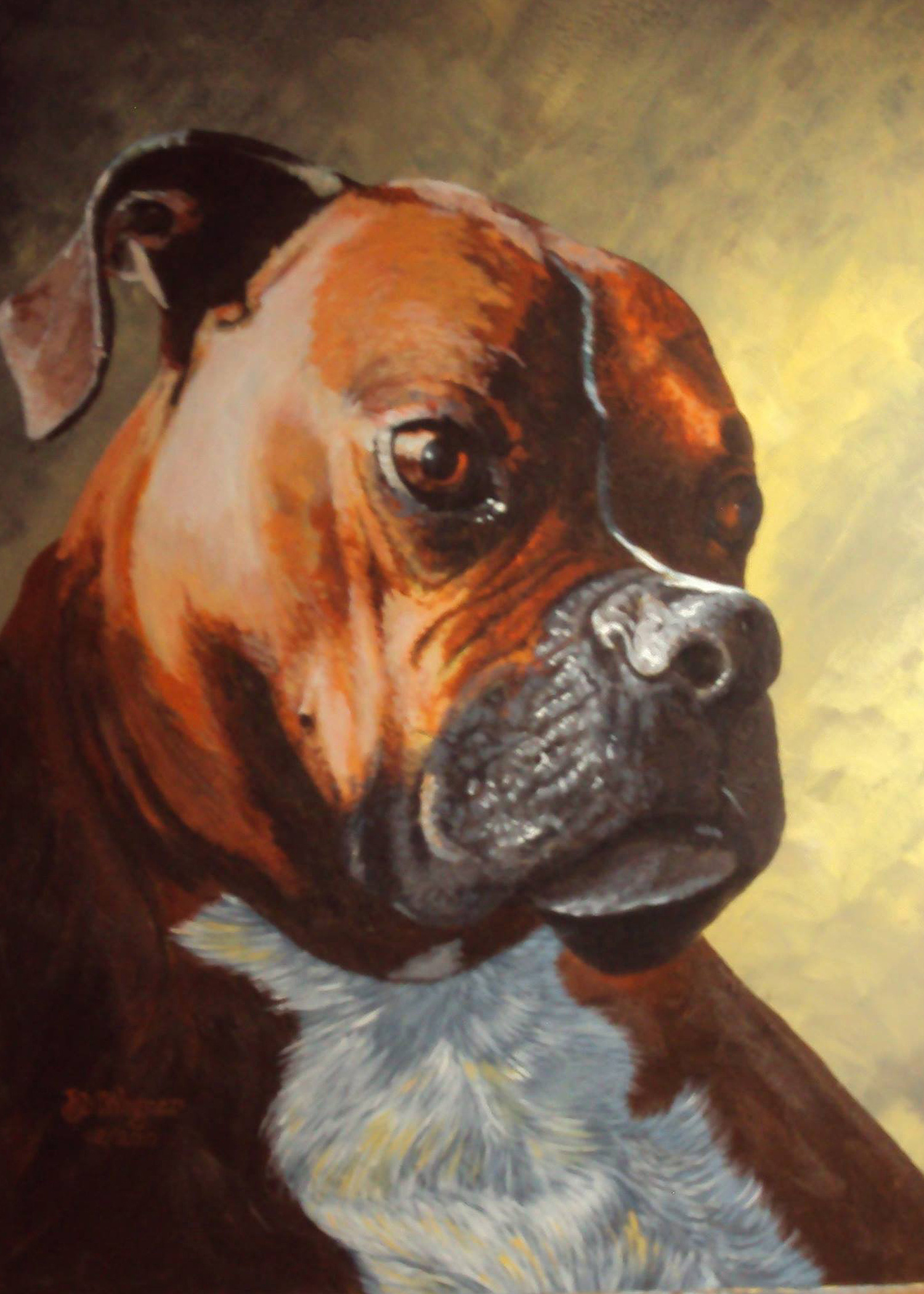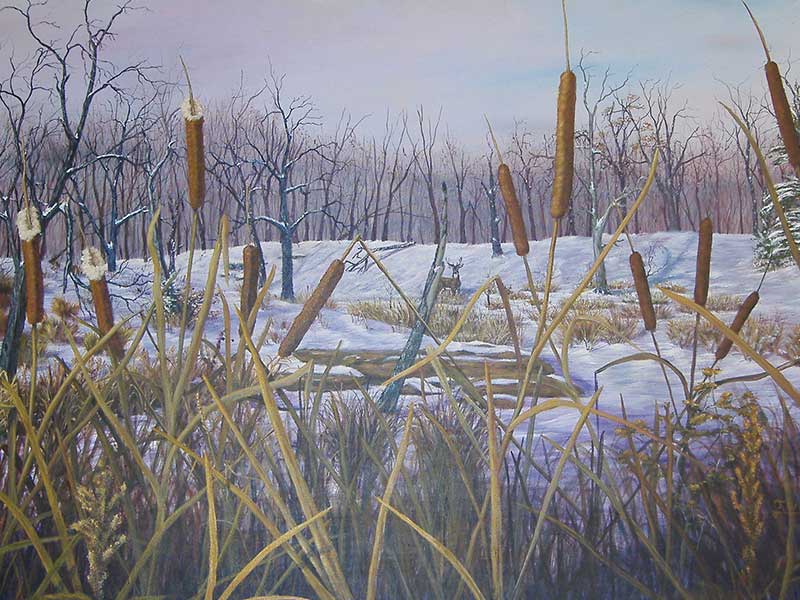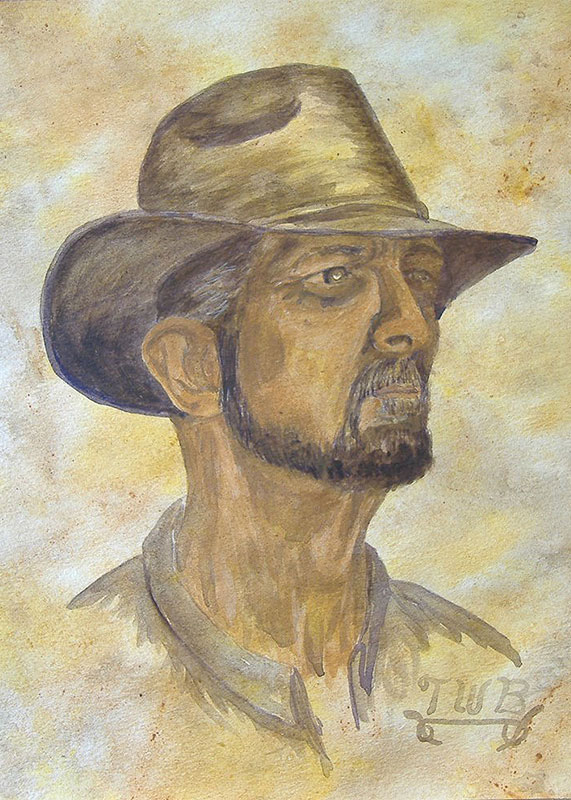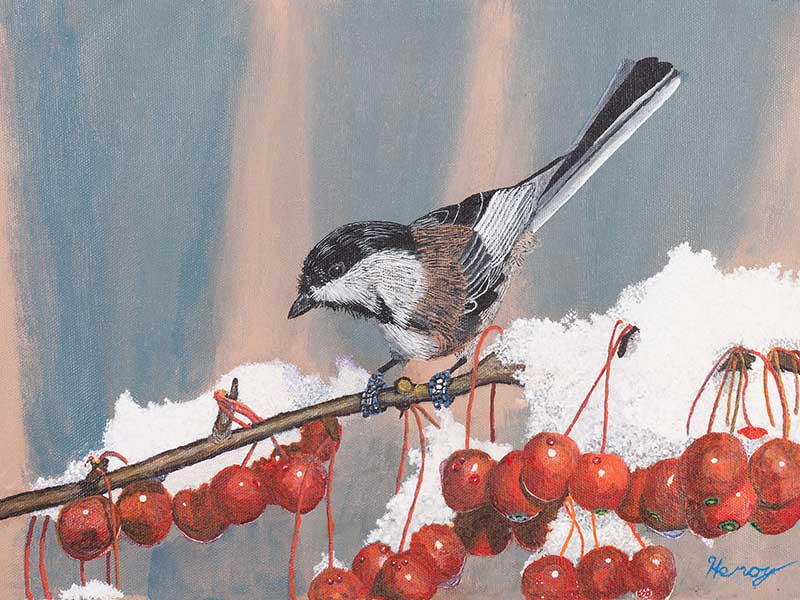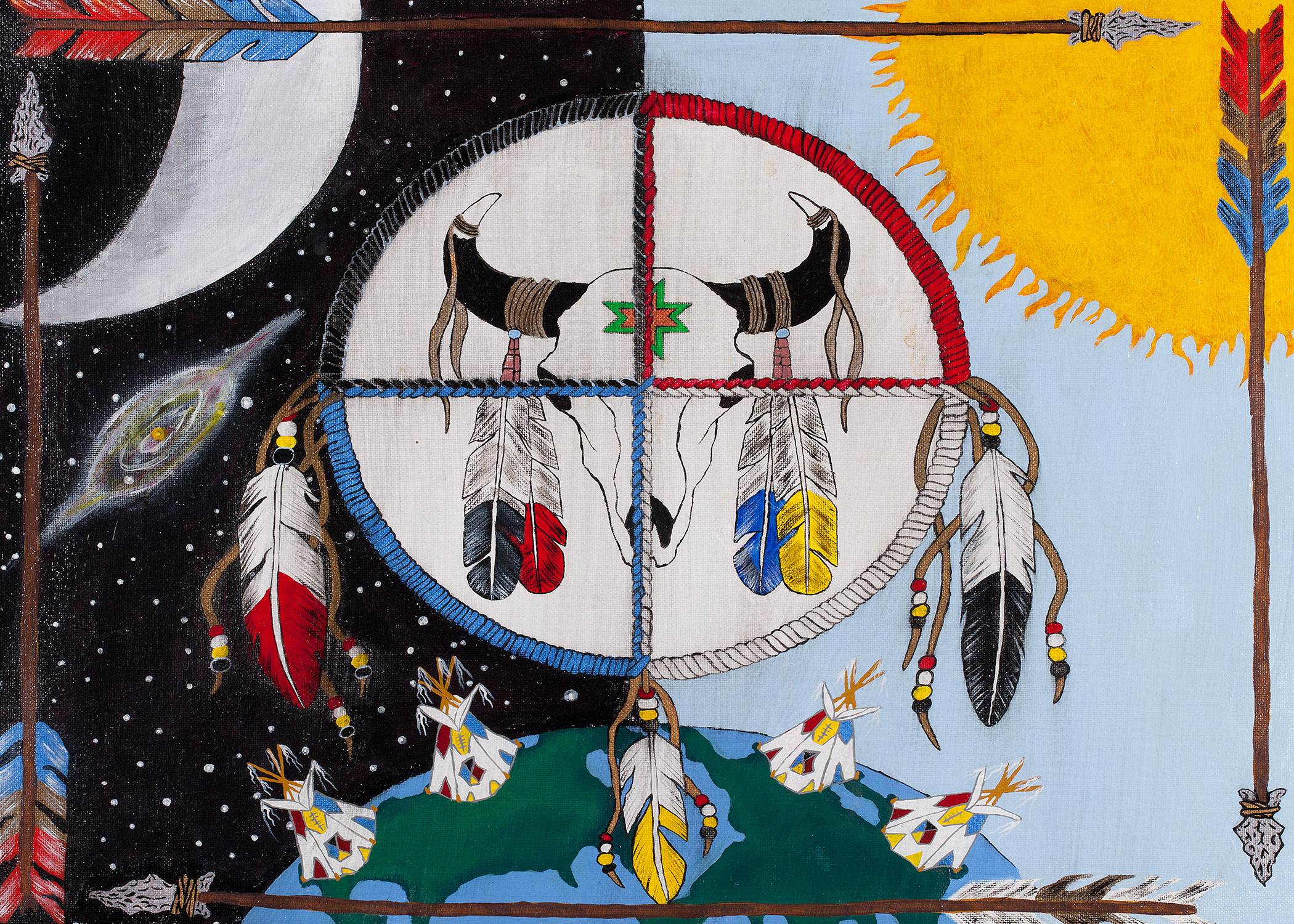Our Artists
Artist Portfolios
Steve X
Sad and broken he entered a prison cell, 15 plus years is a long time! His story is surprisingly common. There was a wrong turn, a wrong move then in the blink of an eye his life was over. As most prisoners he went through his range of emotions. There was anger, denial, sadness, loneliness and finally acceptance.
Some inmates never accept it. But once they do, they have choices to make. Choices of how to exist in this new and very different society. A place of much darkness and sadness. People can become many things in this environment, most of it not positive. For him it became art and his imagination that kept him going! Some of the art releases anger and some can increase that emotion. Not all art that comes out of the cells is beautiful. Much is dark and painful, but our guy chose to find something positive. He would make lovely pieces for those he cared for to pass the time.
Creating beauty in a place of darkness. His imagination soared and the little bits of junk available in the prison turned into amazing things. Butterflies of out of toilet paper, glue, wings cut out of his therapy folders using toenail clippers. A paper church so real looking in photos we have been asked if it was a real one. He used cardboard for the base, rocks from the yard, therapy folders made the podium, pews and an organ. The runner down the center aisle was a sock turned inside out and colored with a marker. The organ pipes were made out of cigarette foils and so much more. When asked about the church he told me he needed to focus on something beautiful and peaceful. To him that meant returning to the Lord. So he set ahead to create his own Sanctuary.
While he created he healed and forgave and made peace with his own wrongs. Along with healing, he become a visionary from behind the bars. The unfortunate part is now while he is supposedly free, there are many difficulties. Jobs are scarce already and mix in the fact that people have a lot of fear. This is not exactly a great combination for someone starting over. If they don’t receive help somewhere how can they go on? Our society often draws lines of who is worthy of help. But haven’t we all fallen short? So if we cannot start to help groups who do want to do something, where will people end up?
ACA made Lynn Brown see both sides of the issue and once you do that you start to get honest with yourself. When you help someone who is unlikely to receive much help, they can then help someone else and stop the cycle of returning to prison or always needing government assistance. This builds self-esteem and can start new hope for whole families and communities.
Brian Wagner
I worked as a sign painter, mural artist, craft artist, craftsman for over 20 years, though I have done artwork of various kind since I was a child. I never got rich doing it, but it was rewarding to me to have a usefulness in my community, and have a career that kept me close to home and close to my family.
I Went to prison in 2006 and was released nearly 5 years later in 2011. The last three years of my time there was spent in the Building Trades/Prison Build program. Our facility specialized in kitchen and bathroom cabinets, though we did sundry other things as well. The students would use the scrap oak lumber and build quilt chests, or foot lockers.
Our shop built cabinets for kitchens and baths destined for Habitat for Humanity homes and projects. One of the leading men in that organization in Michigan (where I was incarcerated) was retiring to Arizona.
Our supervisor said he would like someone who could paint to put a desert scene on one of the chests to donate as a gift to this gentleman, but he didn’t know who could do it. I informed my instructor that I used to paint signs and do mural work as my profession, and that I would like to paint the chest.
From that first project until I left prison, I was the artist for the Prison Build program (which is the working segment of the shop after graduation from Building Trades).
I painted a large number of chests, a large variety of plaques, decorated other furniture projects, and painted scenes on wood panels. Most all of the things I painted were donated to various charities and institutions that auctioned them off and the proceeds went to the support of that organization. I believed I was blessed to be given an opportunity to not only paint, but to bless the world outside the walls of prison by reaching out from that darkness and touch the world with a good thing.
Upon release, I came out of prison with nothing. My brother Keith was such a blessing to me and he basically took care of me, but I wanted to be self- sufficient. I had no shop work, and with scant tools to work with I could not take up sign painting again, besides, the computer had essentially made that skill obsolete. Cellblock Creations has given me a venue through which to support myself, something very difficult for an ex-convict, because too few employers will hire one.
Tom Baxter
1987 was the beginning of my quest to become an artist. I am a self-taught artist. From early childhood I had a creative and explorative nature. At first I used pictures from magazines, to build my drawing skills, especially pictures of other’s drawings. By close observation and copying I learned many of the basic elements of art. It was slow going at first and a lot of paper went in the garbage. But, this trial and error built a good foundation . This wasn’t enough, I needed to know more I had the bug. I would read anything on art that I could get my hands on, instructional books and magazines, history books about art and artist. From the mid to late 90’s the journey lead me to one of the art workshop programs that the University of Michigan had created. Before my involvement with U of M, my art skills were good. But, to me art was still like a hobby that paid. The workshops helped move me to a different mind set, from just a “hobby artist” to “artist”.
In art, the artist can do what he feels like doing. For many people, life keeps them from doing what they feel. There maybe someone that feels like going 100 mph on the highway, but life (cops) won’t allow it. The “experts” say, for an artist to be successful he must specialize in a select area. This mind set goes against the true nature, or the basic instinct of the artist-animal. Yes, it is true that he must conform, but to a degree that he can live with, (ya gotta eat). Bending to others too much kills the spirit of the artist. This, in turn kills the desire, knocking the rest of his dominoes over. The true artist, “the ones born with the instinct” follows the little trails, and then the trails that split off of them. He is in danger all the time, may get lost or fall in a pit. But still, he must explore, running into dead ends, but such is life. His faith keeps him safe, and his spirit keeps him going.
George Heroy
George Heroy is an extremely talented artist. He is reluctant to say much about his past or his work but you can see the details in his paintings. Like our other artists, George did time and honed his artistic skills while in prison. He greatly appreciates people who buy his artwork and is thankful for the extra income it provides.
